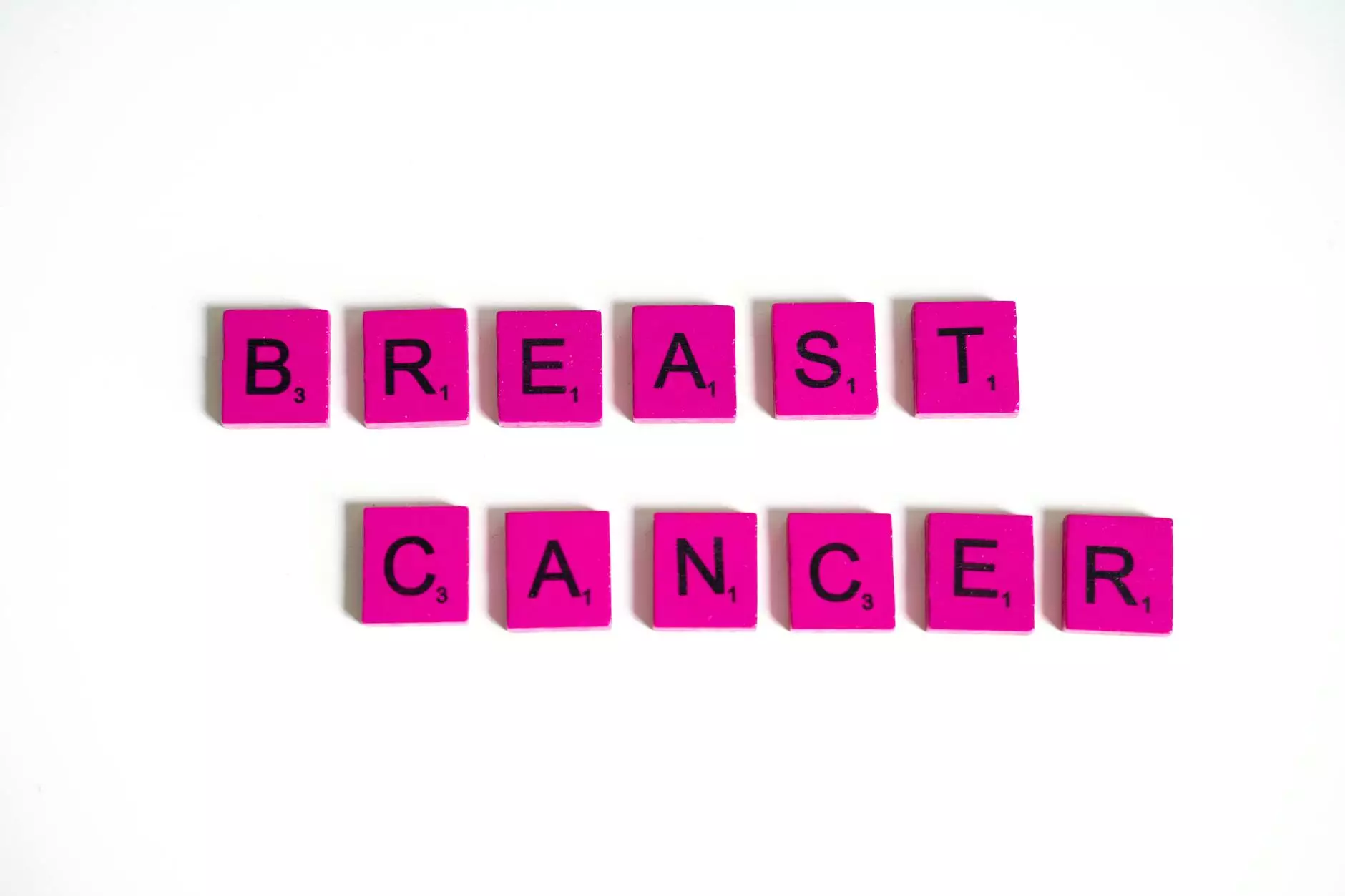Lung Cancer CT Scan: A Comprehensive Guide

Lung cancer remains one of the most challenging health issues globally, affecting thousands of individuals each year. For patients and healthcare professionals alike, understanding the process and benefits of a lung cancer CT scan is crucial. This article will delve deep into why CT scans are essential in the context of lung cancer, how they're performed, and their role in healthcare, particularly in medical diagnosis and treatment planning.
Understanding Lung Cancer
Lung cancer is categorized primarily into two types: small cell lung cancer (SCLC) and non-small cell lung cancer (NSCLC). Both can be aggressive, making early detection critical for effective treatment.
- Small Cell Lung Cancer (SCLC): This type accounts for about 15% of lung cancer cases and is known for its rapid growth and early spread to other organs.
- Non-Small Cell Lung Cancer (NSCLC): Comprising about 85% of lung cancer cases, NSCLC includes several subtypes like adenocarcinoma and squamous cell carcinoma, each with differing treatment approaches.
The Role of CT Scans in Lung Cancer Detection
A lung cancer CT scan, or computed tomography scan, provides detailed images of the lungs that allow doctors to identify abnormalities. This technique is particularly useful for those at high risk for lung cancer, such as long-term smokers or individuals with a family history of the disease.
How a CT Scan Works
The procedure of a lung cancer CT scan involves the following steps:
- Preparation: Patients may be asked to refrain from eating for a few hours before the scan.
- Positioning: Patients lie on a table that slides into the CT machine, which is shaped like a large donut.
- Scanning: The machine rotates around the patient, capturing a series of X-ray images from multiple angles. These images are then processed by a computer to create cross-sectional views of the lungs.
- Post-Procedure: Once the scan is complete, patients can usually return to normal activities immediately. Results are typically available within a few days.
Benefits of Lung Cancer CT Scans
The advantages of undergoing a lung cancer CT scan are numerous:
- Early Detection: CT scans can identify tumors that are less than a centimeter in size, significantly increasing the chances of successful treatment.
- Detailed Imaging: CT scans provide high-resolution images that help in the accurate assessment of lung nodules and masses.
- Monitoring: For those already diagnosed, CT scans can track tumor progression and the effectiveness of treatment plans.
- Less Invasive: Compared to surgical biopsy procedures, CT scans are non-invasive and cause minimal discomfort.
CT Scans vs. Other Imaging Techniques
When it comes to imaging the lungs, several techniques are available, each with its advantages and disadvantages. Here’s how a CT scan compares to other methods:
Imaging TechniqueAdvantagesDisadvantagesCT ScanDelineates structures well; very detailedExposes patient to radiationX-rayQuick and accessibleLimited in detail; cannot detect small nodulesMRINo radiation; excellent for soft tissueMore time-consuming; less effective for lung imagingPotential Risks and Considerations
While lung cancer CT scans offer critical benefits, there are some risks to consider:
- Radiation Exposure: Although the radiation dose is low, repeated scans could raise concerns about cumulative exposure.
- False Positives: CT scans may identify benign nodules, leading to unnecessary anxiety or procedures.
- Contrast Reactions: If contrast dye is used, there’s a small risk of allergic reactions.
Preparing for Your CT Scan
Preparing adequately for a lung cancer CT scan can enhance the quality of images obtained:
- Discuss medications with your doctor.
- Inform your doctor of any allergies, particularly to contrast materials.
- Wear loose, comfortable clothing without metal fasteners.
- Follow dietary restrictions as advised.
Following Up Post CT Scan
Once the scan is complete, the radiologist will interpret the images and send a report to your healthcare provider, who will discuss the findings:
- Normal Results: If no abnormalities are detected, no immediate action is usually required.
- Abnormal Results: Further diagnostic tests or biopsies may be recommended for areas of concern.
- Regular Monitoring: Patients with nodules may need periodic scans to monitor changes over time.
Conclusion
The value of a lung cancer CT scan cannot be overstated. As a leader in health care and medical diagnostics, understanding this procedure, its benefits, and its implications for lung cancer treatment is paramount. At hellophysio.sg, we believe in empowering patients through knowledge and accessible healthcare solutions.
With advancements in imaging technology and early detection strategies, the fight against lung cancer has come a long way, but continued awareness and proactive health measures remain the key to improving outcomes for those affected by this devastating disease.
Additional Resources
For more information on lung cancer, diagnostics, and treatment options, consider exploring reputable medical websites or discussing with your healthcare provider.









